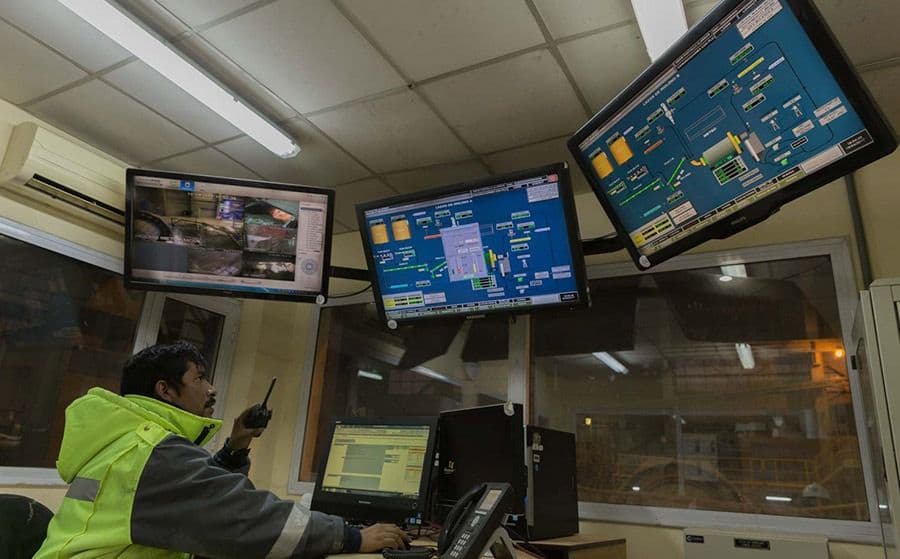Mining companies must adapt to uncontrollable events to maintain their operations and profitability. In this regard, current mitigation strategies still present significant challenges that must not be overlooked.
By Jorge Villalta, Managing Partner, Miebach Peru
Globally, and not necessarily only in Latin America, we see constant changes translating into needs for rapid adaptation. Political, social, economic, climatic, and health events, most of which are uncontrollable, affect our personal and work lives daily. However, these situations force us to rethink how we manage day-to-day activities, innovate, and be prepared for their impacts.
The latest Global Miebach Study on Risk Management in the Supply Chain indicated that 90% of companies have implemented risk management measures at various levels, emphasizing the disruptions of recent years. However, when we talk about risks, we must be aware of our limitations in mitigating the impacts of rare or uncontrollable events.
Thus, when discussing risks, we can mention those related to the supply chain's capacity, limited by transportation route disruptions, transport strikes, or natural events such as landslides. In these cases, possible solutions may include short-term alternatives, such as alternative routes, or medium-term solutions, such as implementing alternative sources of supply.
Nevertheless, most companies resort to building a temporary contingency inventory, which usually ends up being permanent and generates a substantial financial cost for companies. These solutions only allow operations to continue without being affected while waiting for the event to be resolved. Sometimes this will be achieved, and sometimes not. In other words, the iceberg (risk) can be covered up depending on how much inventory is raised, but we all know it goes against the efficiency that characterizes logistics operations.
Additionally, there are other risks that sometimes occur recurrently but are so significant that they could lead to a change in the rules of the game. For example, the rise in fuel prices is a risk with immediate consequences that allow continued operations if an agreement is reached but could generate changes and affect the business case.
Considering that the Miebach Study indicates that although the risk of cost increases has a 78% probability of occurrence, current risk management plans have only achieved a 50% probability of mitigation, and even the probability of significant damage is 41%, percentages that are still considered insufficient. Similarly, the blockage of transport routes has an 85% probability of occurrence, with a mitigation rate of 68% and significant damage of 19%. This statistic reflects that better mitigation solutions exist for this event, but the levels of potential damage to the company remain high.
On the other hand, in managing environmental and social risks, it is important, especially in the mining industry, to ensure not only the continuity of operations but also the well-being of the environment. It is observed that the inclusion of community participation policies, the implementation of communication channels, and conflict resolution with communities maximize the company's operating days and, therefore, its income and profitability.
We must remember that the significant value of risk management lies in the proactive preparation of solutions to the impacts of potential disruptive events. Currently, Supply Chain Risk Management still has room for improvement. Thus, Risk Management plans have not yet been able to protect companies' interests 100%.
Better control of events, short- and long-term event forecasting and prospecting, scenario evaluation, decision criteria, reaction processes, and their responsible parties, among others, must be addressed to generate a proactive and dynamic Risk Management for rapid and informed decision-making.













